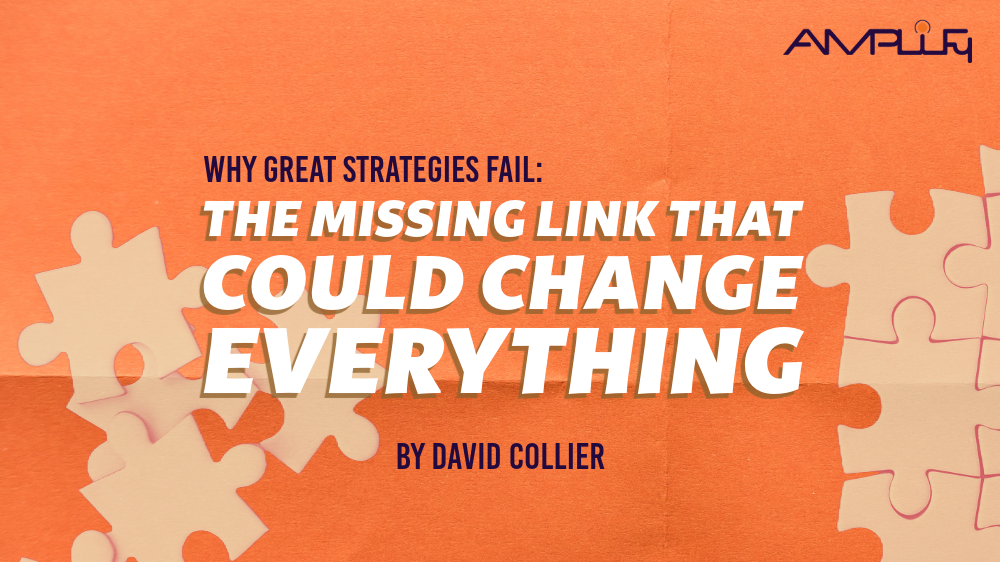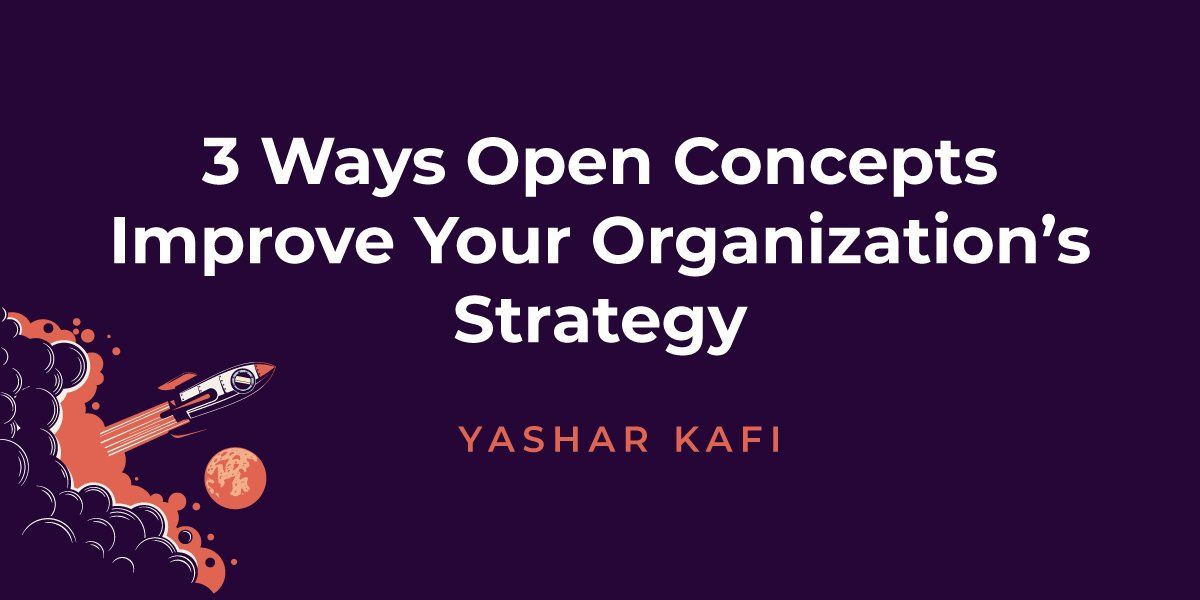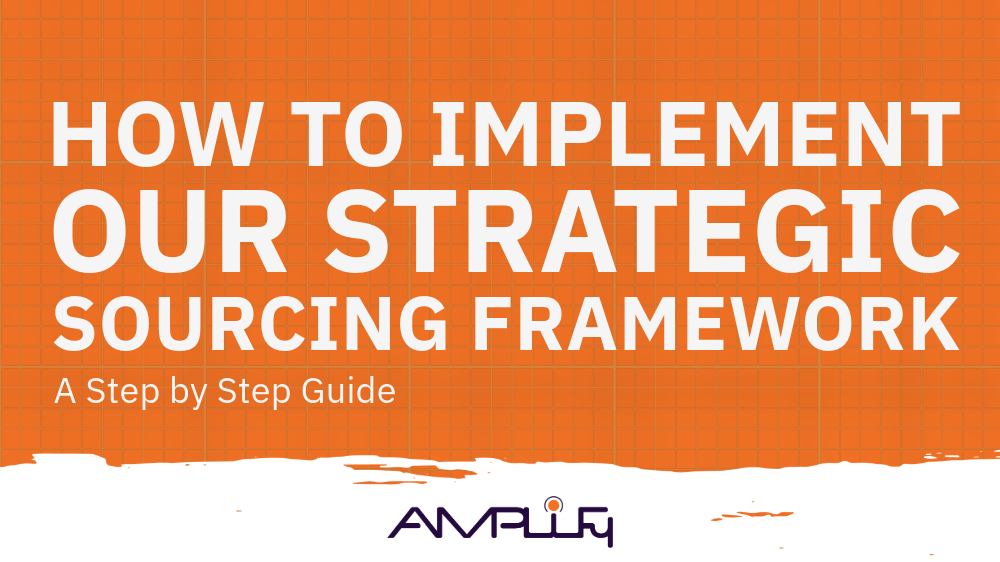3 Ways Open Concepts Improve Your Organization’s Strategy
Let’s face it: Time and again, the business world has seen that making a strategy behind closed doors is a prescription for failure. That’s why the open concept model is, in stark contrast, the remedy for what currently ails us. This article will dive into what an open concept is and how you can use it for an improved strategy in your workplace that works.
What is an Open Office Concept?
Just as its name implies, an open office concept describes the decor and setup of your office, where everything is an open-plan structure with no enclosed office rooms or walled cubicles for employees. In an open office concept, staff often work in the same (one big, loft-type) room, shoulder to shoulder, with their desks or workstations alongside one another.
The concept first hit the scene in the 1950s, and today it is a hot trend and preferred setup among startups and many Fortune 500 companies. So, they must be doing something right. Let’s explore this open concept a bit further.
How Open Offices Improve Strategy
Open offices are popular for a reason: They offer numerous benefits, among which include:
- Improved communication among co-workers: When an office no longer has physical barriers between employees (think towering walls separating rooms and individual cubicles), workers are naturally more inclined to communicate freely and openly with each other. This inevitably leads to them operating as one cohesive and well-functioning team.
- Flexibility: Open-plan offices are flexible, meaning that instead of being locked into committing to a single layout, you can constantly change and adjust your office layout to meet your evolving needs as you grow. This can help you as you hire more workers—making room for more desks and moving things. And the simple act of moving furniture around or switching things up can simply be positive for keeping things aesthetically fresh in the office.
- Cost-Effectiveness: Simply put, open offices are cheaper. You save money by not having to furnish a bunch of individual cubicles—each with partition walls, doors, separate air conditioning units, etc.—when opting for an open concept office.
Stats Supporting Key Benefits of Open Offices
Numbers don’t lie, and when it comes to proving the key benefits of open offices, such as those mentioned above, many statistics support this innovative approach and setup.
For example, Opened Source Workplace reported that the open-office concept is far more cost-effective than the private office. It allows the business to maximize the office area while minimizing costs. The article listed the estimated ratio of advantage as being from 3 to 1 or 5 to 1. They also list a statistic from the U.S. Bureau of Labor Statistics that said employees working at long open tables (a common sitting arrangement found in open offices) were 20% more active than those in cubicles. And employees in open offices experienced less self-rated stress.
Experts Weigh In
Steve Jobs once said, “Ideas don’t happen in the boardroom, they happen in corridors.”
Facilitating spontaneous collaboration is among the best features of a successful, productive, and innovative workplace. It just makes sense; collaboration flows far more naturally when a workplace has no physical barriers to overcome. After all, the world sets up enough unseen obstacles to hinder communication and collaboration. Why would we add to these?
To learn more about how we can help you structure your office and strategy to achieve your ideal workplace, reach out to our team today.
Recent Posts


Recent Posts


Our success comes from our agility and ability to respond to any scenario at any given moment, making this a partnership you know you can trust.
CONTACT US
AMPLIFY
Make positive change that actually matters - that’s our aspiration for every new project or program we immerse ourselves in. Focusing on structure, process, and unique perspectives to accelerate our clients’ business, we seamlessly join and partner with you to execute and deliver on your most critical and impactful initiatives.


